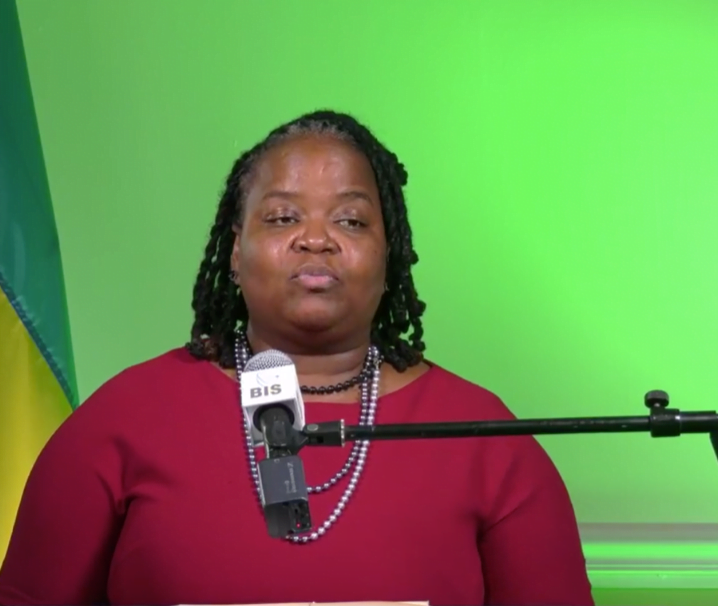NASSAU, BAHAMAS — A series of environmental impact assessments (EIA) conducted in Grand Bahama and Abaco in the aftermath of Hurricane Dorian are being used as baseline guides to tackle the restoration of environmental damage discovered.
Director of the Department of Environmental Planning and Protection Rochelle Newbold said among those studies, officials looked at the forestry impact, creek systems impact, waste contamination and hazardous and pollution issues, among other key indicators of the storm’s damage.
Newbold said: “In Grand Bahama in particular, assessments were undertaken for East End Grand Bahama.
“That’s why the IW Echo Project is going forward in the way that it has been designed because it will be bringing benefits to the reestablishments of the creek systems there.
“…Environmental assessments were undertaken in Abaco and Grand Bahama relative to the waste and any secondary hazardous and pollution issues that occurred due to overturned tanks and waste disposal that were in bushes and sorts of other things that came up during storm surges.
“This is a baseline set of information that we are working from and moving forward with in terms of getting those two islands back into full recovery mood and moving forward.”
Hurricane Dorian, a Category 5 storm, was one of the strongest Atlantic hurricanes on record and the strongest hurricane to have ever hit The Bahamas.
The storm brought surges 18 to 23 feet above normal tide levels and higher destructive waves causing flooding and mass destruction.
According to the Inter-American Development Bank assessment into the damage of the storm, Dorian caused about $3.4 billion in damages.
The report estimated damages to the environment at $7,146,963, and losses at $27,435,048. Additional costs were also estimated at $102,473,000.
“Although previous assessments in The Bahamas indicate that ecosystems in the country have adapted over time to become resilient to tropical weather, the intensity and duration of Hurricane Dorian still caused moderate to significant environmental effects,” the reported noted.
“Wave action, storm surge, and high winds have produced partial to severe destruction to mangroves, coral reefs, seagrass beds and forests on both Abaco and Grand Bahama.
“As a result, ecosystems were left in a critical state and pre-existent vulnerabilities were exacerbated with an expected decrease in ecosystem services provision in the short and medium-term.
“These ecosystems are home to a wide variety of species of flora and fauna and provide services that are essential to the development of the country.”






